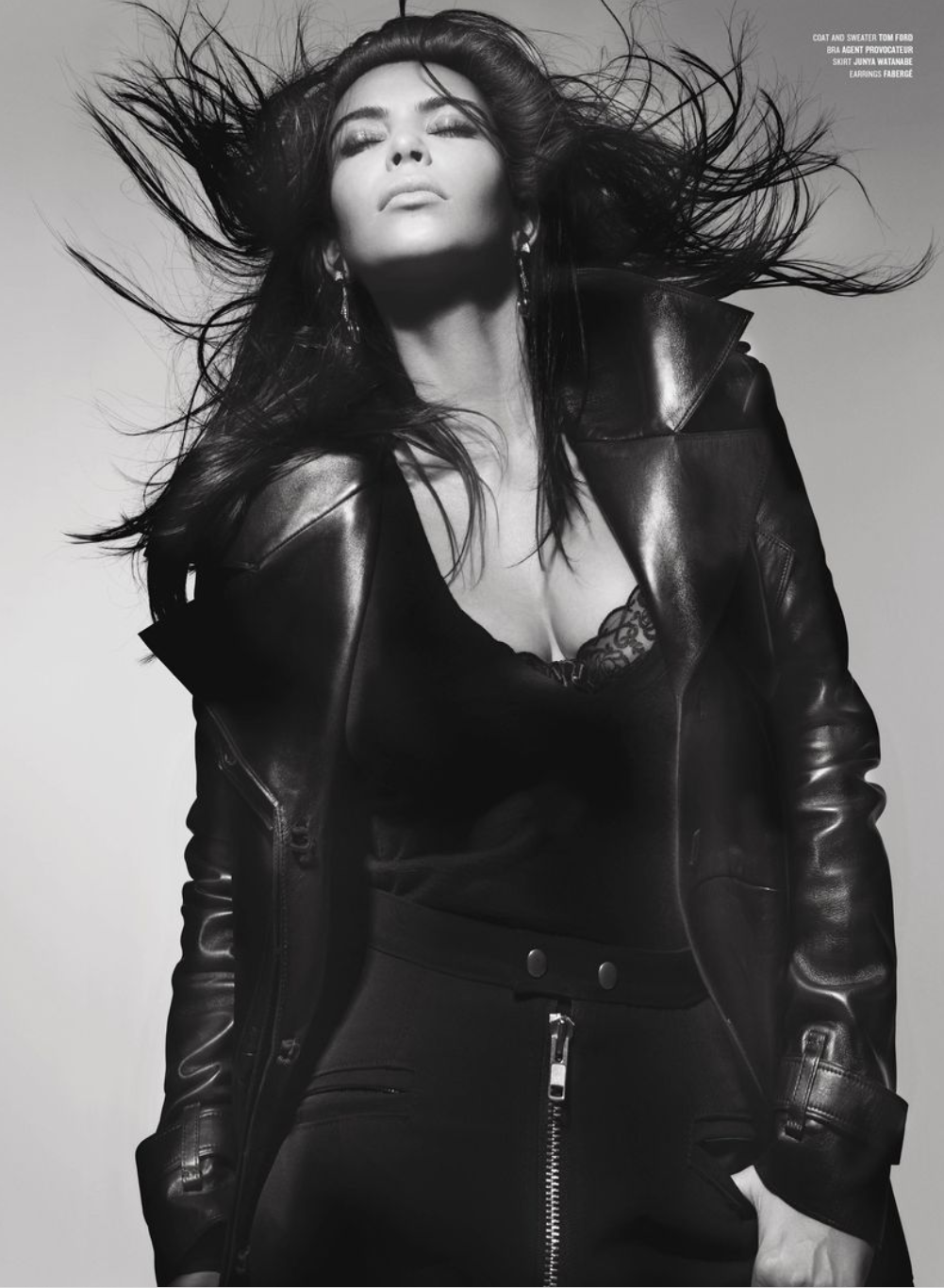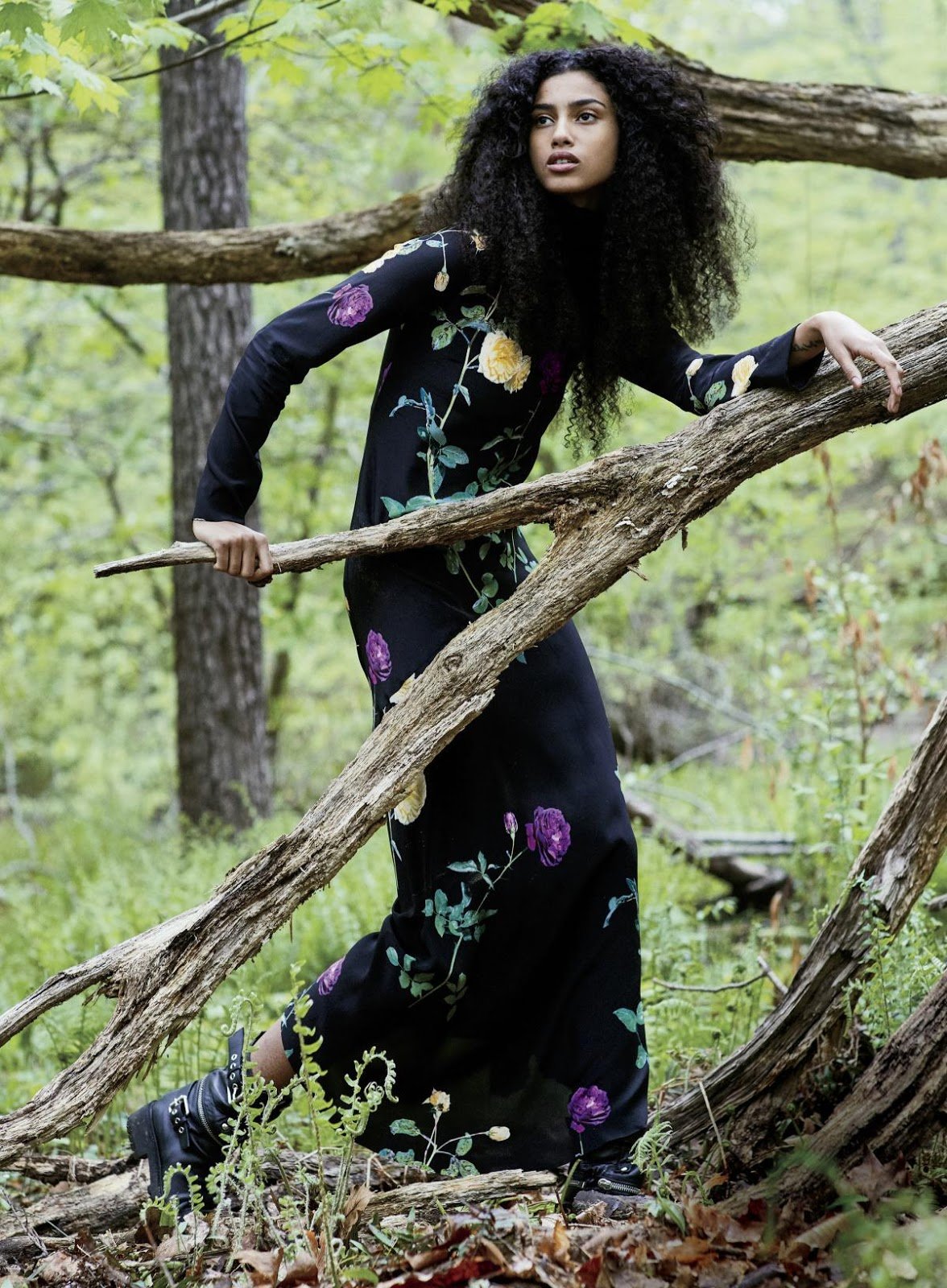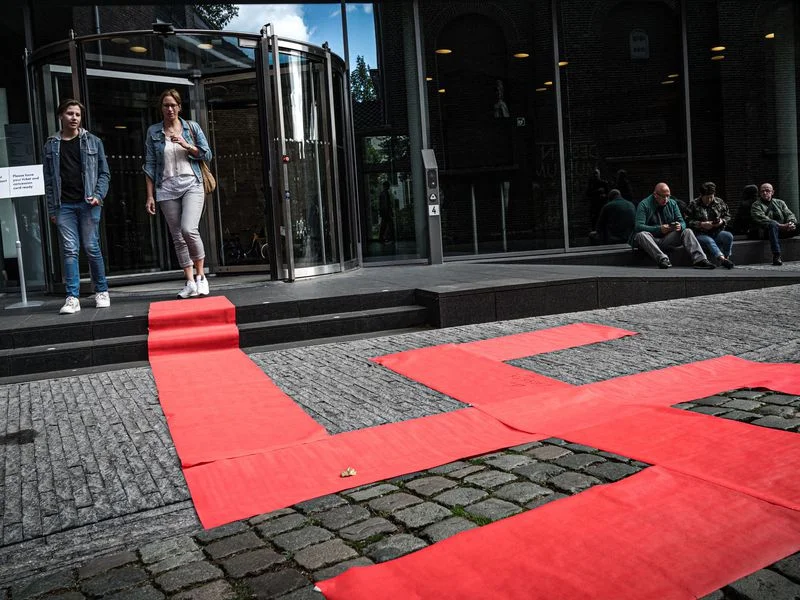Dutch Museum Faces Protest Over Exhibition on Nazi Design
/A picture taken on September 8, 2019 shows a Swastika formed with red carpets by artist Ralph Posset during the opening of an exhibition entitled "Design of the Third Reich" at the Design Museum Den Bosch, in 's-Hertogenbosch, central Netherlands. - The exhibition will show the contribution of design to the development of the Nazi ideology. (ROB ENGELAAR/AFP/Getty Images for Smithsonian.com)
The show focuses on how design furthered the ‘development of the evil Nazi ideology,’ but critics worry the show glorifies Nazi aesthetics.
By Brigit Katz. First published on Smithsonian.com.
Swastikas hang from the walls. Nazi propaganda films play across the gallery. Photos display the imposing choreography of Hitler’s rallies. They’re all part of a new show in the Netherlands seeking to place Nazi design under scrutiny. The exhibition at the Design Museum in Den Bosch explores how aesthetics fueled “the development of the evil Nazi ideology,” as the museum puts it. But the show, which was met with protests on its opening day, also shows the challenges of presenting Nazi iconography within a museum setting.
As Daniel Boffey of the Guardian reports, “Design of the Third Reich” includes a 1943 Volkswagen Beetle, images from the 1936 Summer Olympics in Berlin, films by the Nazi propagandist Leni Riefenstahl and a piece by Arno Breker, reported to be Hitler’s favorite sculptor. The exhibition uses the artifacts to explore the contradictions of Nazism’s grandiose, romantic aesthetics, which sought to convey an image of prosperity and “purity” while its adherents were carrying out the most heinous of crimes.
Museum officials have taken steps to ensure that the exhibition’s artifacts are not taken out of context and glorified. Photography is prohibited in the gallery, so visitors are unable to post pictures of themselves with sensitive materials, and the museum has hired extra security to patrol the exhibition spaces, as Dutch News reports. The museum has also recruited people to monitor what is being said about the show on social media. Additionally, a spokesperson tells Catherine Hickley of the Art Newspaper that museum staff held a “very fruitful conversation” with members of the local Communist Youth Movement, which had requested demonstration permits before the show’s opening, to explain the purpose of the exhibition.
But that did not stop communist activists from protesting near the entrance of the museum on Sunday. The Association of Dutch Anti-Fascists has condemned the show as “provocative” and called on authorities to shut it down.
Timo de Rijk, director of the Museum of Design, is sensitive to criticisms of the new exhibition. “They are concerned that maybe we are glorifying it all,” he said of the protestors. “I would not be doing this if I thought we were, but I can understand that they are aware of that kind of evil in history.”
The museum insists that it is important to take a critical look not only at the “good side of culture,” but also its more sordid chapters. “The Nazis were masters in using design to achieve their goal, to both convince and destroy huge numbers of people,” the museum states. “If you wholeheartedly want to be able to say ... ‘[N]ever again,’ you must take time to analyse how the influencing processes worked at the time.”
Hanna Luden, director of the Center for Information and Documentation on Israel in The Hague, seems to agree. She tells Stefan Dege of Deutsche Welle that the Museum of Design is walking a “tightrope act” with its displays of Nazi paraphernalia—but that ultimately, exposing the terrible, manipulating power of Third Reich propaganda is "fundamentally good."





